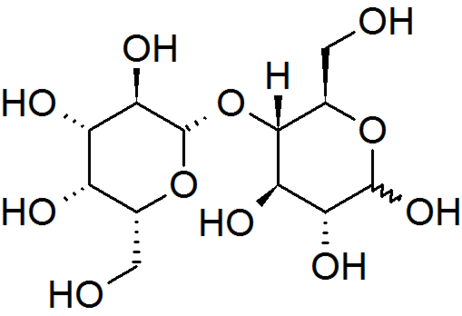Confidential Cheese Product Solution
Published Feb-02-10Breakthrough:
A confidential method to prevent the crystallization of the sugar lactose in a cheese product.
Company:
A Global Dairy Manufacturer
The Story:
 An ever increasing number of companies – both large and small – have been reaching beyond their core competencies and adopting open innovation strategies to remain competitive in an increasingly disparate, changing and uncertain environment.
An ever increasing number of companies – both large and small – have been reaching beyond their core competencies and adopting open innovation strategies to remain competitive in an increasingly disparate, changing and uncertain environment.Open innovation is helping companies with their almost insatiable desire to distinguish product lines from the competition, reach new markets and develop new revenue streams.
Pressing Cheese Problems
This particular global dairy products manufacturer had two pressing problems relevant to the core of their business. So they launched open innovation projects to find the answers.
One was a search for a process or solution that would prohibit lactose crystallization in a cheese product.
Whey is a by-product that arises from the manufacture of cheese and it contains significant amounts of the sugar lactose. If these are incorporated into cheese products at high levels, they can crystallize during storage to produce an undesirable gritty texture.
They crystallize in highly concentrated diary foods such as sweetened condensed milk and whey cheese mysost. The other confidential open innovation project involved phosphate chemistry and crystallization.
Solutions Found Via Open Innovation Challenges
Both challenges received a lot of attention and a number of potential solutions were submitted. The company eventually selected the most promising ones in each category: one from a US-based university and the other from a research agency in Australia that represented a number of universities.
The dairy products manufacturer was eager to move forward with both solutions but inexperienced in how to do this as they had always relied on their own research and development teams. So they called in a knowledge broker, NineSigma, to help do the deals.
The broker was able to provide an intermediary service whereby it interviewed both the knowledge seeker and the solvers to establish a set of expectations and to outline how the groups would work with each other. They helped to foster a relationship based on trust and understanding.
Among the steps taken were the drawing up of a Statement of Work and a set of deliverables, and IP expectations were also identified. With all parties happy contracts were signed and the seeker was able to begin implementing the solutions.
Why Open Innovation?
The open innovation model is often used by companies because they know a solution to their problem exists somewhere, but they haven’t been able to put the finger on it themselves, lacking the knowledge to fully complete the innovation process. Or they do not have access to sufficient R&D capabilities to work it out.
To survive in the rough and tumble of the market place companies require much quicker solutions at greatly reduced costs. As this global dairy manufacturer found out to its benefit, the answers are there if you know where to look.
Next Story »


